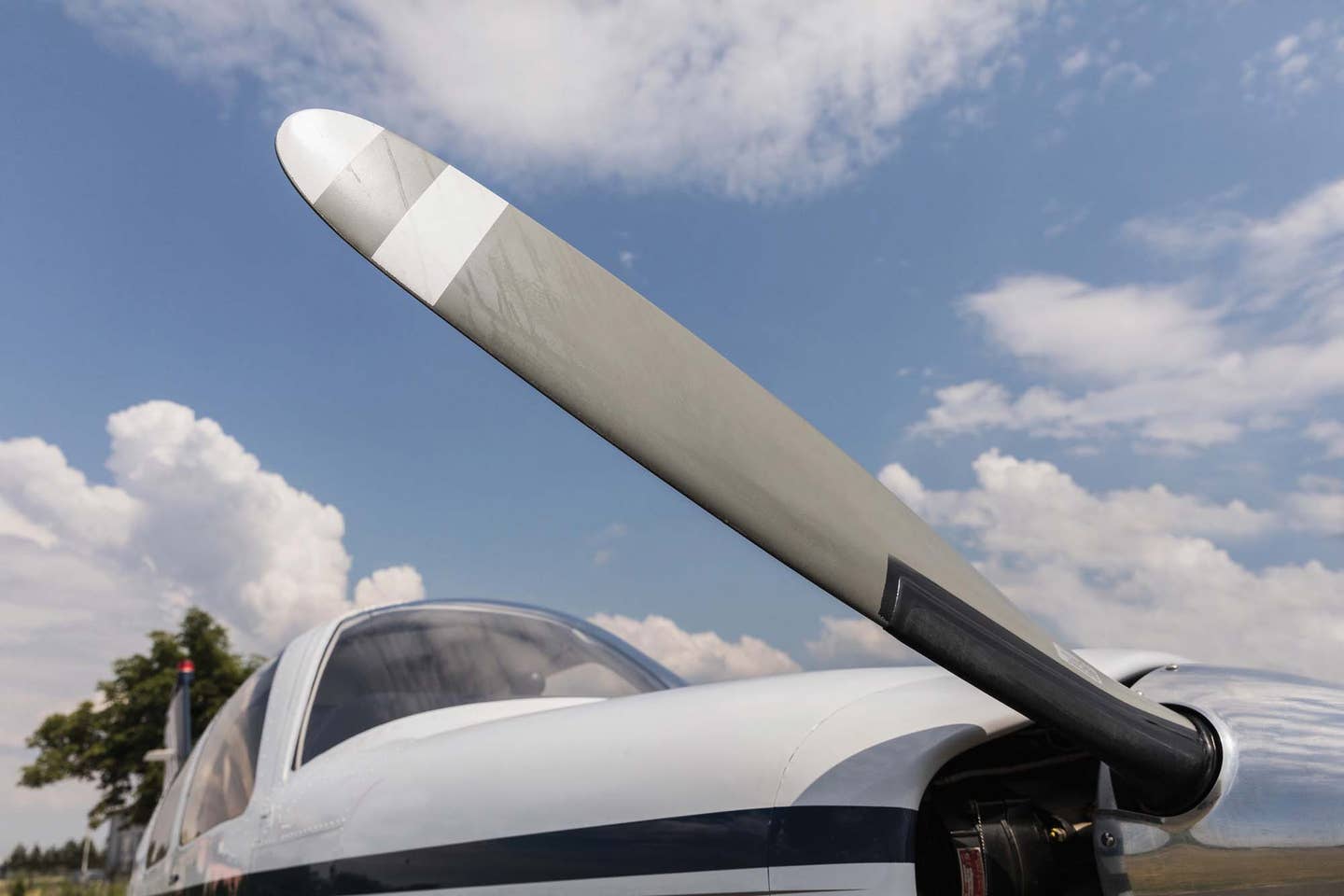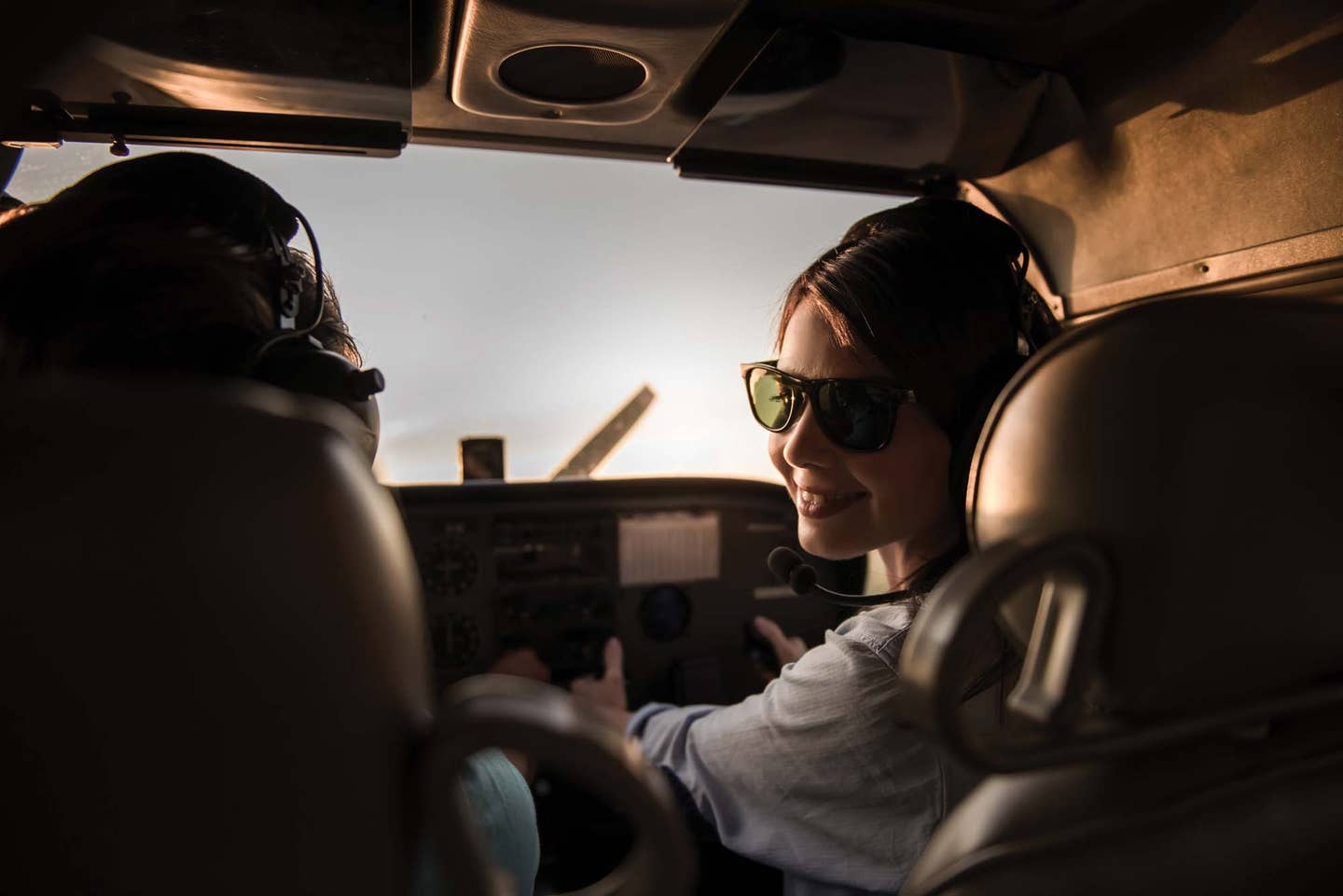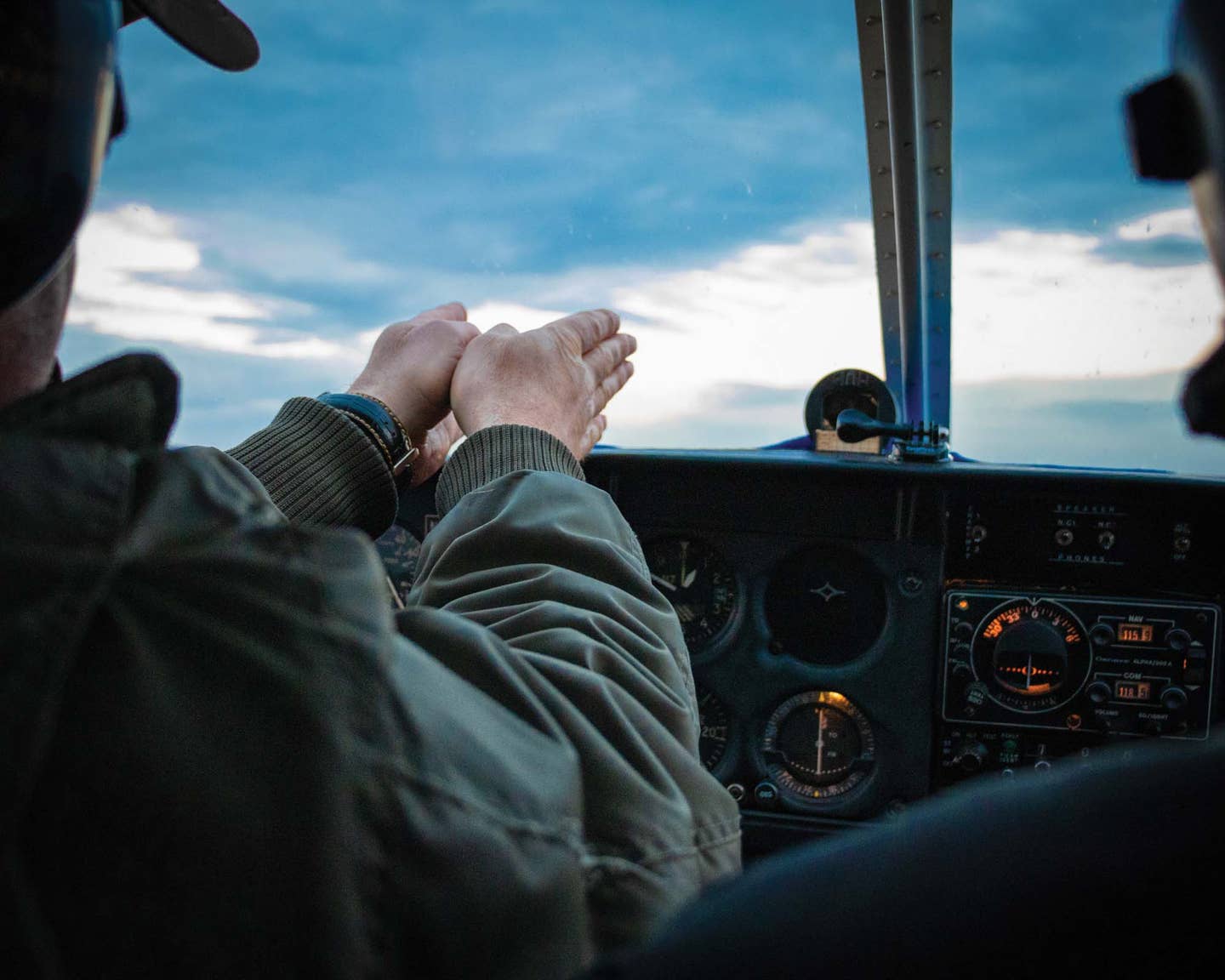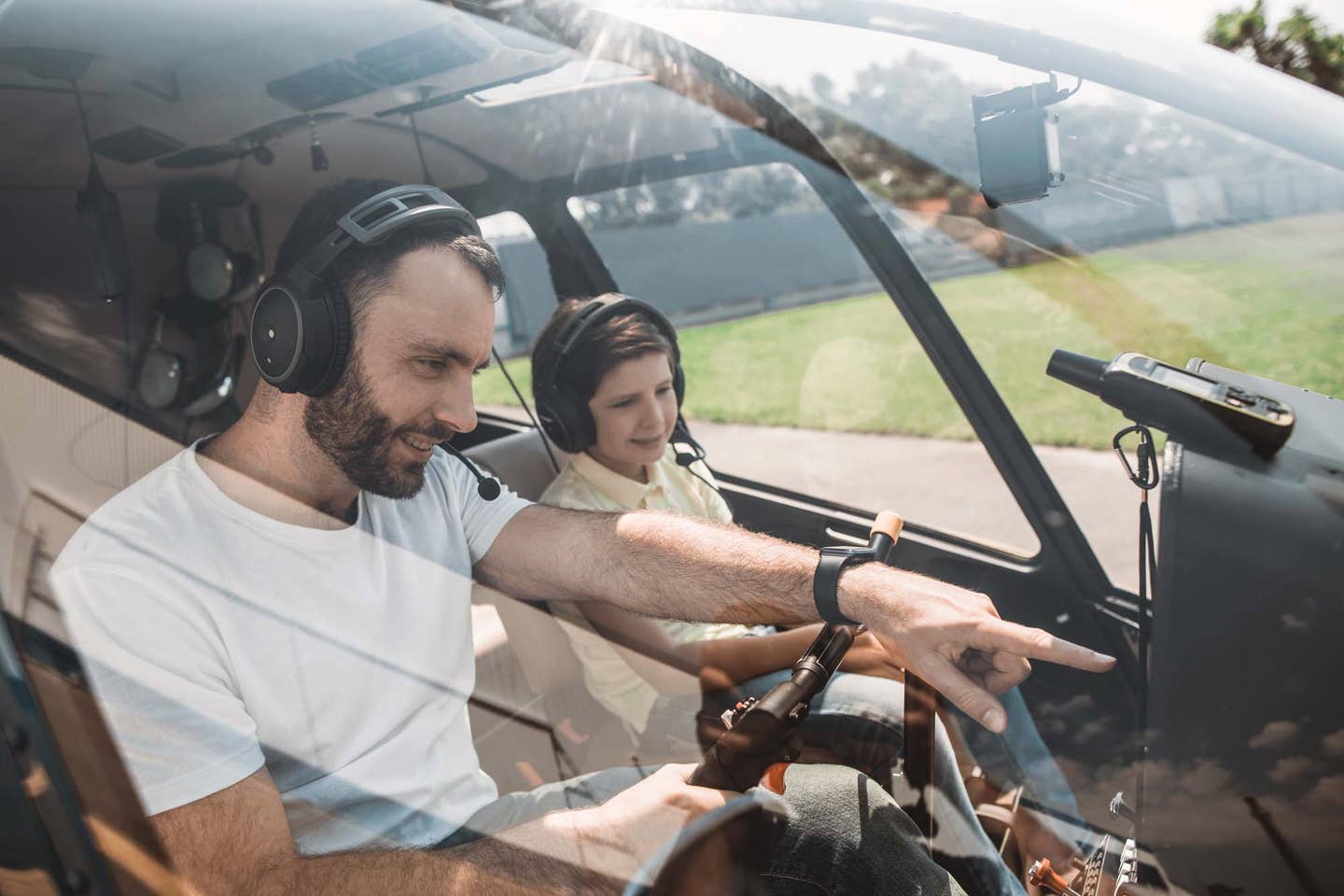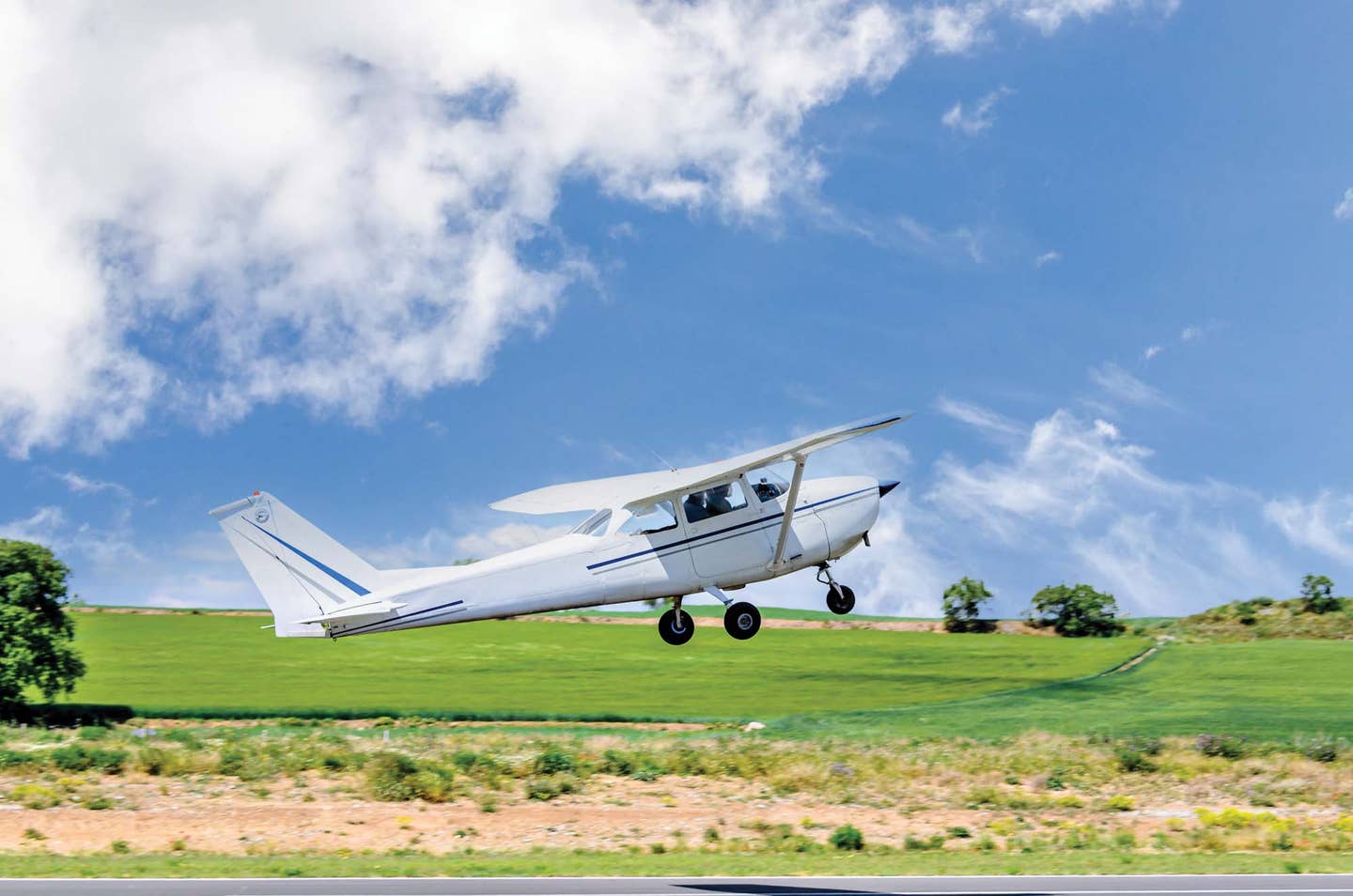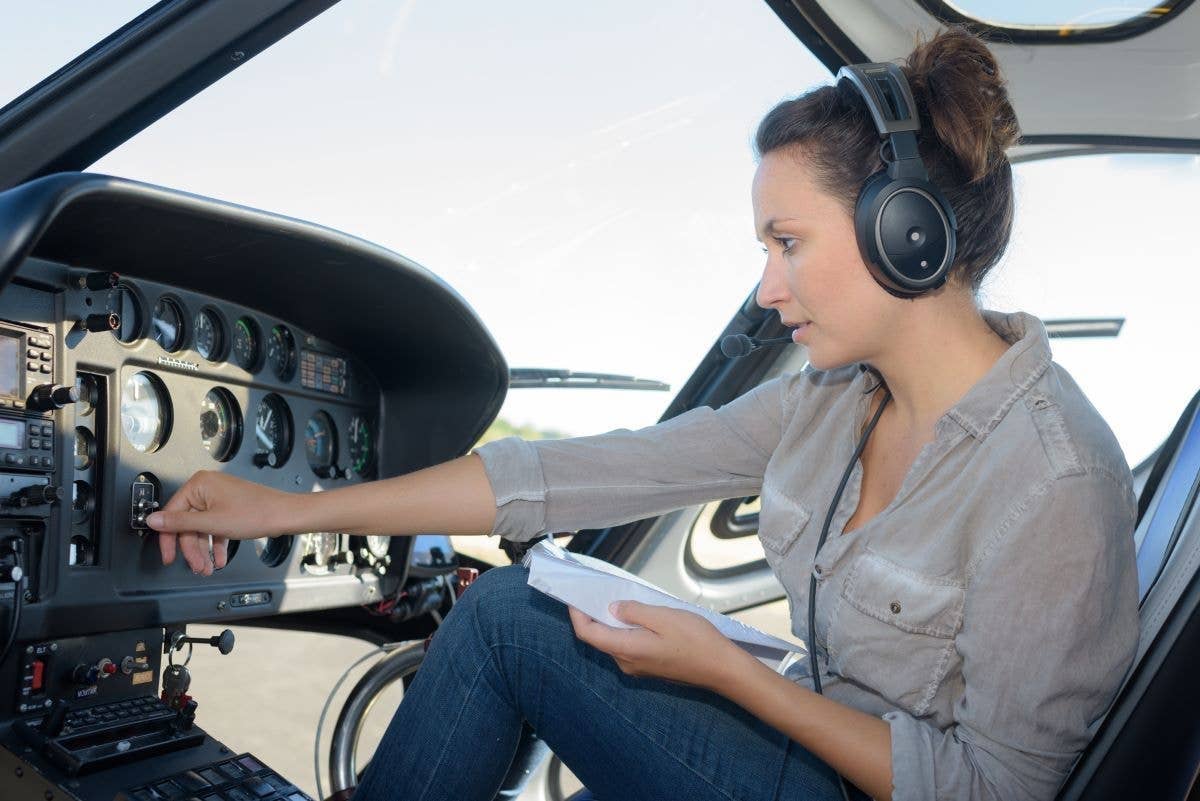Practice Tailwheel Airplane Skills In A Nosewheel Airplane
Master a couple of key skills to ease your transition to a tailwheel airplane.
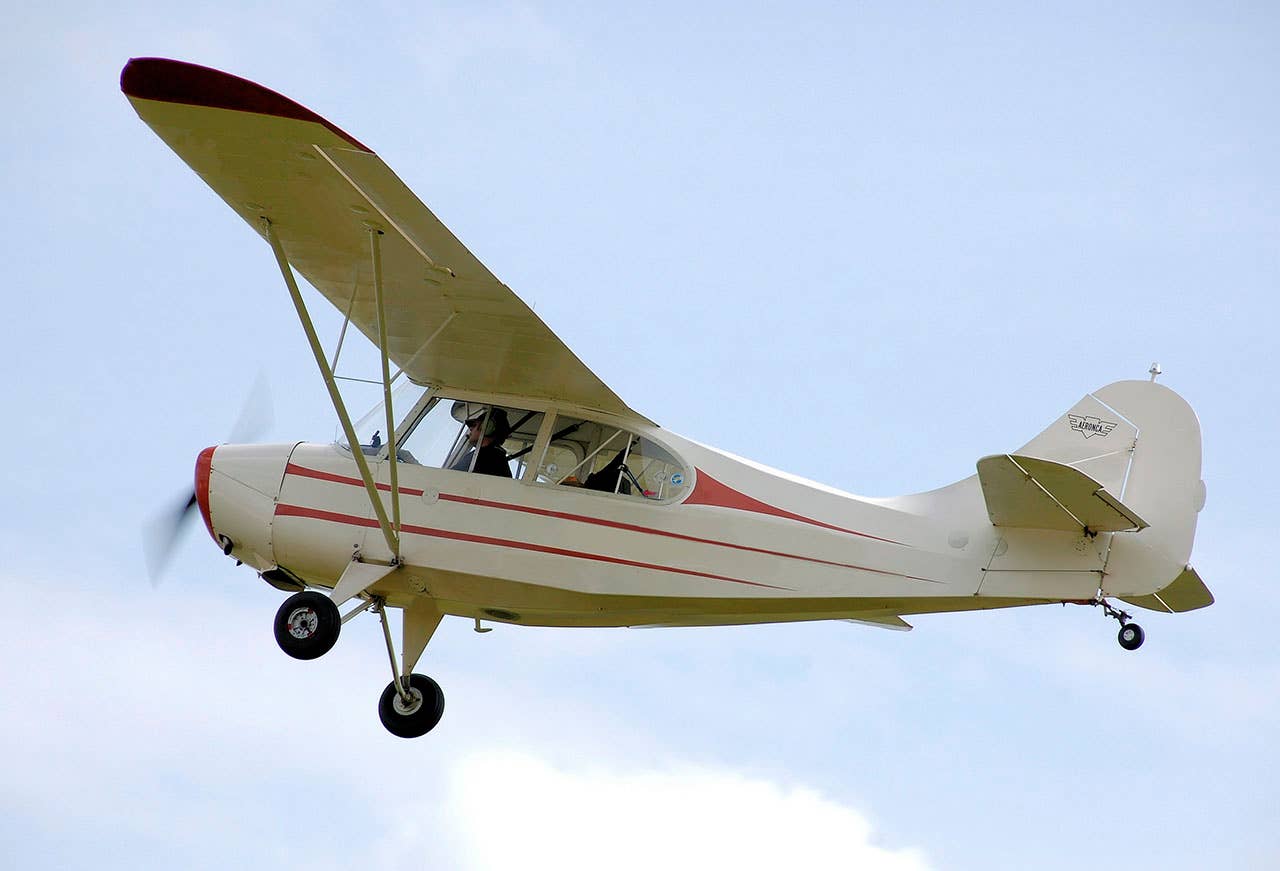
Aeronca 7AC Champion
So you want to fly a taildragger and would prefer to avoid all the gyrations and aggravation some have said are required?
Well, you've come to the right place. I'll describe two simple skills you should master if you want to ease your transition into flying tailwheel airplanes. And you can practice these skills while flying airplanes with a training wheel (nose gear).
Consider that airplanes fly the same regardless of where their wheels are. The only difference is while the airplanes are in contact with the earth.
Airplanes are designed to be aerodynamic, which means, if left to their own devices, they'll turn into the wind, and while nosewheels fight that tendency on the ground, tailwheels do not.
Counter to popular opinion, you can practice these two things in a nosewheel airplane before ever getting into a taildragger. You may be doing them already.
Your airplane is flying as soon as the chocks are removed...so, fly it.
Remember, you're piloting a weather vane. If the wind is strong enough, the airplane will pivot unless it's chocked or the pilot takes action to prevent it from turning.
If you are the pilot, you must control its movements. Always be aware of the wind from the moment you untie the airplane until the chocks are safely returned to the wheels.
Clearly, the rudder is the most effective control surface to prevent the airplane from pivoting like a weather vane, but the elevator and the ailerons are also important, especially when the wind is coming from behind the airplane. A down elevator helps to prevent a trailing gust of wind from lifting the tail and driving the engine into the ground.
Similarly, a down aileron will help reduce the chance a quarterly tailwind will pick up the wing and drive the airplane onto its nose and opposite wing tip.
I found it easiest to remember to move the stick in the direction the wind is blowing when the wind is on your tail. For instance, if the wind is coming from your right rear, move the stick forward and to the left. This will lower the right aileron and the elevator, reducing the chance the wind will lift the tail or the right wing. Likewise, if you turn the airplane and the wind is now coming from the left rear, simply move the stick in the direction the wind is blowing, forward and to the right.
When the wind is coming from in front of the airplane, the procedure is the same for the elevator but opposite for the ailerons, just like landing in a crosswind. Specifically, if the wind is coming from the left-front, pull the stick back so the wind will help keep the tail on the ground, and move the stick left, into the wind, to raise the left aileron to keep the wing down. As the airplane's position changes while taxiing, it is important to adjust the controls appropriately. When you arrive and line up on the departure runway, your stick should be back and into the wind if there's a crosswind.
Engine power must also be considered, as a sudden boost of power can create enough of a prop blast to lift the tail and drive the nose of the airplane into the ground; so, the key is to be aware and "fly the airplane."
When you first start flying a tailwheel airplane, you are likely to keep it in the chocks if the wind is very strong, but practice makes perfect, and you can get that practice while still operating a nosewheel airplane.
Avoid side-load on the wheels at touchdown, unless you're bored.
You need to master landing going straight down the runway while aiming straight down the runway. We'll just call it landing "straight and straight."
Like anything else, it's simple once you master it.
If, however, you've developed some sloppy habits landing nose-gear airplanes, you should consider practicing landing straight and straight before climbing in a tailwheel airplane.
If, on the other hand, you have mastered crosswind landings and your technique is good, you may have very little difficulty transitioning to a tailwheel airplane.
A case in point was my brother, Mike.
It has been many years since Mike asked me to check him out in an Aeronca Champ. We were at Deck Airpark, a short grass field our dad owned 5 miles southwest of Raleigh-Durham (RDU). I climbed in the back, and Mike taxied us to the end of the grass strip, conducted the run-up and lined up on the runway.
He smoothly added power and focused on directional control as the Champ accelerated. It wasn't long before we were airborne. Mike climbed to about 800 feet and remained in the pattern. When he entered downwind, he began slowing the airplane just like he was used to doing in the Cessna 172 he had been flying.
His turn to base and then to final was good. He was flying the airplane like he was accustomed to doing. Just another airplane, and Mike wasn't intimidated. He continued on final and then flared for touchdown. He let the Champ get close to the ground but not touch. Since he was keeping the Champ just off the ground waiting for it to stall, all I had to focus on was his directional control. After all, that's really the only difference in landing a tailwheel airplane. So I just watched. He was aimed straight down the runway, and he was moving straight down the runway. Nothing I could do to improve on that, so I said and did nothing. When his flying speed bled off, we touched down and rolled straight. I don't know if he was expecting something challenging, but nothing happened. In the grass, the Champ slowed quickly.
As he was turning the airplane around, he said, "Okay, let me do this one myself." I laughed and said, "You did that one yourself. Take me back to the hangar and let me out."
It's true his first landing was made a bit easier because we were on a grass runway and there was no crosswind, but it wouldn't have mattered to him as he was confident and competent landing in crosswinds, so even a crosswind wasn't going to keep him from landing straight and straight. Our dad used to brag that, "Mike checked himself out in the Champ one day and won a spot landing contest in it the next day!" Clearly, tailwheel airplanes didn't intimidate Mike. He has owned several and flown dozens in the years since and never had a problem.
I share this experience to illustrate that a transition to flying tailwheel airplanes can be made much less exciting once you have mastered landing straight and straight...even with a crosswind.
Many things I've read on the internet would make you believe otherwise. Expressions like, "Kick-in downwind rudder to align with the runway and lower upwind wing to compensate," sound both violent and difficult.
If you touch down before making sure you're going straight and straight, there's only one difference between a tailwheel airplane and a nosewheel airplane. A nosewheel airplane will give you a little side jerk, and a tailwheel airplane will behave like it wants to dance by starting a pirouette. Your boredom will be suspended for a moment or two while you convince your airplane you didn't really want to dance after all.
If your flight instructor demanded you learn proper landing technique and you consistently do it correctly, you can expect a smooth transition to a tailwheel airplane, like my brother.
You will know you are ready when your airplane is getting tossed around during a landing in gusty crosswinds, but you don't let it touch down until it's straight and straight. That's the way every airplane wants to land.

Subscribe to Our Newsletter
Get the latest Plane & Pilot Magazine stories delivered directly to your inbox

